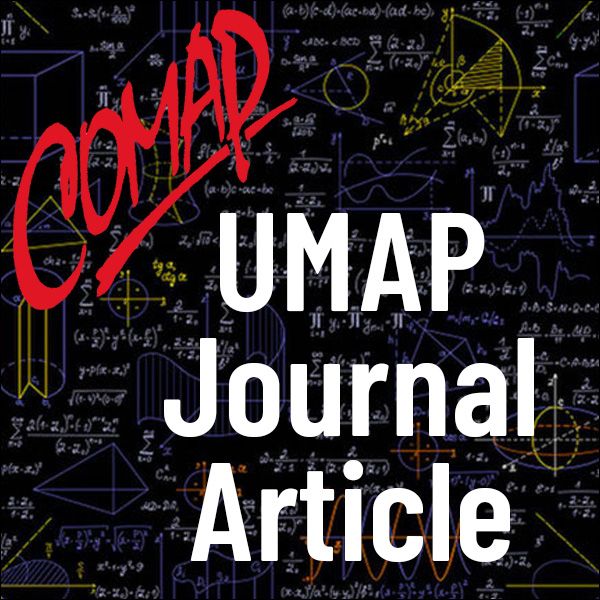Forecasting Populations (UMAP)
Author: Mogens Niss
In almost any country in the world, it would be of considerable interest to many quarters in society to know how the human population of that country will or may evolve in the future. Such knowledge would influence greatly a multitude of decisions and actions made and taken in various sectors of that society.
• Dimensioning the school system, the healthcare system, or the transportation system in different regions
• tackling manpower planning and employment/unemployment
• monitoring or controlling emigration and immigration
• locating and constructing of new houses
• deciding public expenditures and investment policies and determining life insurance premiums
are just a very few examples of issues that are intimately related to the size, composition, and geographical distribution of the population of a country, and the evolution in time of these components.
Table of Contents:
THE ROLE OF POPULATION FORECASTING
MODELING POPULATIONS: DENMARK
THE QUANTITIES IN THE MODEL
THE STRUCTURE OF THE MODEL
THE FUNCTIONING AND USE OF THE MODEL
AN ILLUSTRATIVE ARTIFICIAL EXAMPLE
FORECASTING THE DANISH POPULATION 1993-2030
HOW WELL DID THE 1992 MODEL DO?
DISCUSSION AND CONCLUSION
ACKNOWLEDGMENTS
REFERENCES
ABOUT THE AUTHOR

Mathematics Topics:
Application Areas:
You must have a Full Membership to download this resource.
If you're already a member, login here.